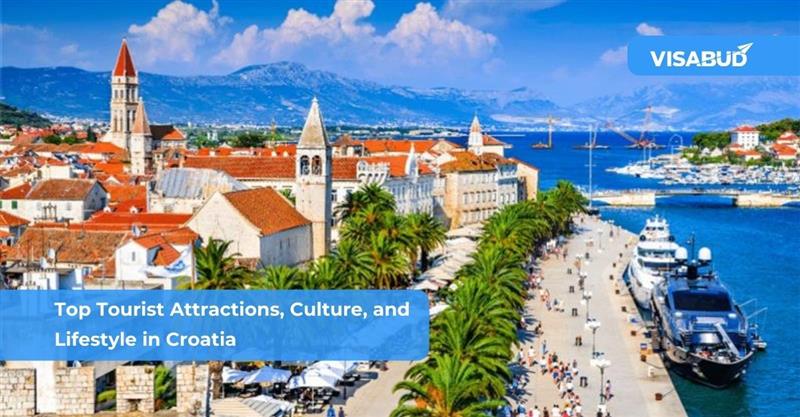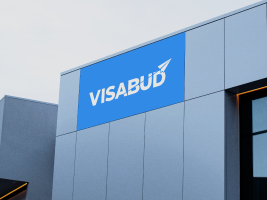Bonaire Travel Guide: All you need to know to visit Bonaire in 2025
Welcome to Bonaire
Bonaire Travel Guide
The Dutch government controls Bonaire, a Caribbean island located close to Venezuela. It makes of the ABC Islands, together with the nearby Dutch islands of Bonaire and Curaçao, although it is quieter there. A coral island with no rivers, it is primarily flat and well-known for diving, windsurfing, and bird viewing. It receives fewer cruise ship visitors since it lacks extensive sandy beaches and has beautiful coral reefs instead. Bonaire features world-class beach diving, most of it accessible, making it an excellent place for novice and experienced divers looking for leisurely autonomous diving. Learn all you need to know about this destination by exploring our travel guide.
Document checklist for Bonaire
A valid passport for all air travel, including to and from Bonaire.
An onward or return ticket.
Proof of sufficient funds.
Proof of lodging accommodations for your stay.
Essential Bonaire travel information
Currency – the U.S. dollar(USD)($) is used as the currency on Bonaire.
Daily budget for one person: spend around $205 per day
Languages: Papiamentu, which is only spoken on the ABC Islands of Bonaire and Bonaire, among others, is the native tongue of Bonaire, but Dutch is the country’s official language.
Socket type – The power outlets in Bonaire are of types A, B, and F. The frequency is 50 Hz, and the voltage is 127 / 220 V.
Time zone – (GMT -4)
The top 3 cities/islands to visit are Kralendijk, Dorp Antriol, and Bara di Karta.
Top 3 landmarks/monuments – Seru Largu, Bari Reef, Mangazina di Rei Museum.
Visa information for Bonaire
To travel internationally, you typically need a passport and a visa, which must be in effect for at least six months following your return date. Before then, passports that are about to expire should be renewed. For each nation visited, a passport has at least two blank pages. Get a new passport as soon as possible if yours contains fewer pages.
Typical costs and budget for Bonaire
Daily spending – around $205 per day
Meals – the average cost of food in Bonaire is $47 per day.
Transport: Daily local transit expenses total $52 per person, depending on how you plan to travel.
Hotel: In Bonaire, a pair can stay in a motel room for an average of $72 per person.
Travel options in Bonaire and the finest modes of transportation
Bonaire may best be explored by automobile. Since Bonaire is so small, traveling the island’s coastline in a single day is simple. The simplest method to get to most diving locations is by renting your vehicle.
Less than two miles from Kralendijk’s center, the Bonaire International Airport is conveniently serviced by fixed-fare taxis that can take you wherever on the island. If you want to stay close to your hotel and spend most of your time there, you may also hire a mountain bike.
Safety in Bonaire
Although there is a violent crime among users of illicit narcotics, visitors are rarely affected. Although the major tourist destinations are often safe, you should still use standard care. Don’t go at night in isolated locations. Don’t bring expensive items to the beach.
Weather in Bonaire
The hottest weather is often seen from June through August when daily highs will soar into the upper 80s. Conversely, December through February are the year’s coldest months when the average low temperature is in the mid-seventies daily.
Bonaire is fortunate that inclement weather rarely lasts a whole day, especially in the rainy season. The year’s wettest months are November and December when the island receives about 3.6 inches of precipitation. Unfortunately, less than an inch of rain will fall on the island from March through June, which is the dry season.
Must do and see in Bonaire
Mangrove Information Center: The 2002 establishment of the Mangrove Information Center has as its objectives the preservation and education of tourists about Bonaire’s distinctive mangrove habitat. The mangrove woods of Lac Bay, some among the best-preserved among their type in the Caribbean, are accessible to guests on tours.
Bonaire Diving and Snorkeling: Bonaire is among the top diving locations in the Caribbean because of its marine conservation projects, some of which have been running for nearly 60 years. The island provides many opportunities for divers to explore the ocean floor.
Typical Bonaire food to try
Pastechis: Try the pastechis while you see the island’s attractions. The all-purpose snack on the island is one of these flaky tiny pastries filled with pork, shrimp, or fowl and deep-fried till crisp and golden. Everywhere you go, they are readily available all day long, and they are the ideal size for a fast snack.
Sopi Piska: In the Caribbean, it’s challenging to order fish erroneously, and after trying the traditional fish soup, you’ll see why. In a richly fragrant soup, it is brimming with the best local fish and shellfish. It’s a must-try for seafood enthusiasts.
Baka Stobá: Try this dish instead if you want to sample the rich native stews but can’t bring yourself to eat goat. It is a Bonaire-style beef stew that is equally delectable and genuine as the goat stew.
Vaccine information for Bonaire
Entry to Bonaire does not require a COVID vaccination passport or certificate. Pfizer, Moderna, AstraZeneca, and Janssen all produce licensed vaccines. For a healthy trip to Bonaire, immunizing against all types of potential infections is crucial.
Related Articles

5 min read
Best Tourist Attractions, Culture, and Lifestyle in Sweden
Sweden is a country where modern innovation, rich cultural traditions, and untouched natural landscapes coexist in perfect harmony. Known for its clean cities, high quality of life, and forward-thinking society,
Read More
5 min read
Top Tourist Attractions, Culture, and Lifestyle in Croatia
When you think of Croatia, it’s hard not to picture sun-kissed beaches, ancient cities steeped in history, and lively street cafes where the atmosphere is as warm as the Mediterranean
Read More
5 min read
Lifestyle in Slovakia: What First-Time Travelers Need to Know
Slovakia, a hidden gem in the heart of Central Europe, is often overlooked in favor of its more famous neighbors such as Austria and Hungary. Yet, this landlocked country is
Read MoreYes, a short-stay visa is necessary for all Indian passport holders to visit Bonaire. The kind of visa you need to enter Bonaire may vary depending on your country, the reason for your trip, and how long you intend to stay.
Applications should be submitted three to one month before departure. Three months before your intended departure date is the earliest you can register. In most instances, you’ll learn the results of your application within 15 calendar days.
To visit Bonaire as a tourist, a person can only stay for 30 days. The maximum number of days a visitor may spend in Bonaire in a calendar year is 180. The entry category will be granted at the Embassy’s discretion.
The type of entry that is allowed must be thoroughly considered. In contrast to multiple entries, which would enable several entrances and exits, a single-entry visa only allows its bearer to enter and depart Bonaire once.
The Bonaire visa can be used for leisure travel, sports, medical needs, family obligations, educational pursuits, religious travel, or business trips. Tourists are not permitted to work while they are visiting Bonaire.
